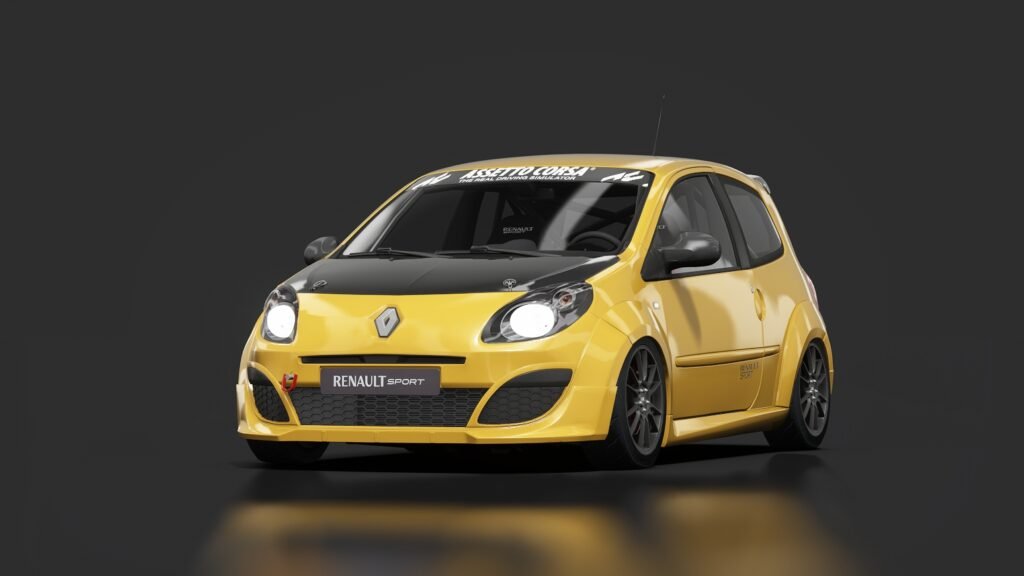
{{ galleryProps.activeIndex + 1 }}/1
Açıklama
After presenting an initial concept at the 2006 Mondial de l'Automobile, Renault debuted the production Twingo II at the 2007 Geneva Motor Show with French market trim levels named Authentique, Expression, Initiale, Dynamique, and GT. Using the floorpan of the Renault Clio II, the Twingo II offered improved crash protection and was available in LHD as well as RHD configurations. Production began in France and subsequently moved to the Revoz plant in Novo Mesto, Slovenia.
In January 2008, Renault debuted the Twingo Renaultsport 133, with a new 133 PS (98 kW; 131 hp) 1,598 cc engine, at the 2008 Geneva Motor Show. In August 2013, ordering and production of the 133 model ended.
In July 2011, Renault debuted a facelifted Twingo II at the Frankfurt Motor Show, featuring a design language subsequently used on their entire range[20] and offering revised fascias, as well as redesigned front and rear light clusters.
On series 14, episode four of Top Gear, presenter Jeremy Clarkson road tested the Twingo 133 on Belfast streets and barrel rolled upside down through a sewage tunnel. After numerous accidents, he raced to catch a departing ferry, instead landing in the ocean.
On 16 March 2011, the Renault Twingo...
After presenting an initial concept at the 2006 Mondial de l’Automobile, Renault debuted the production Twingo II at the 2007 Geneva Motor Show with French market trim levels named Authentique, Expression, Initiale, Dynamique, and GT. Using the floorpan of the Renault Clio II, the Twingo II offered improved crash protection and was available in LHD as well as RHD configurations. Production began in France and subsequently moved to the Revoz plant in Novo Mesto, Slovenia.
In January 2008, Renault debuted the Twingo Renaultsport 133, with a new 133 PS (98 kW; 131 hp) 1,598 cc engine, at the 2008 Geneva Motor Show. In August 2013, ordering and production of the 133 model ended.
In July 2011, Renault debuted a facelifted Twingo II at the Frankfurt Motor Show, featuring a design language subsequently used on their entire range[20] and offering revised fascias, as well as redesigned front and rear light clusters.
On series 14, episode four of Top Gear, presenter Jeremy Clarkson road tested the Twingo 133 on Belfast streets and barrel rolled upside down through a sewage tunnel. After numerous accidents, he raced to catch a departing ferry, instead landing in the ocean.
On 16 March 2011, the Renault Twingo won the “best city car award” in the Parkers’ New Car Awards.
Special editions in the UK included the Twingo Renaultsport Gordini, Twingo Gordini TCe 100, Twingo Bizu, Twingo Pzaz, Twingo Renaultsport Silverstone GP, Twingo Miss Sixty, and Twingo Renaultsport Red Bull RB7.
İndirme Bağlantısı
Kaynaklar
-
ABS
-
Çekiş Kontrolü














